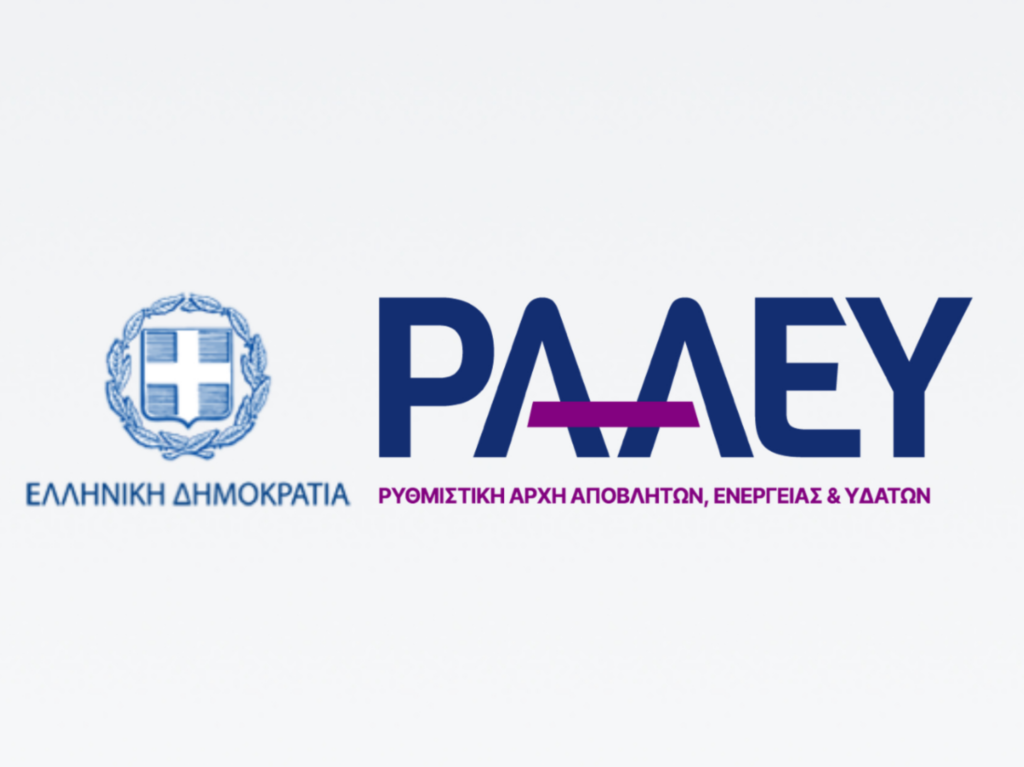During the distribution of electricity to the final consumers through the electricity distribution networks, part of the electricity is converted into heat in the electricity lines and cables (Copper loss) and part of it is lost in the creation of an electromagnetic field in the network transformers (Iron Loss). In addition, part of the distributed electricity is consumed for the operation of the network equipment, mainly in distribution substations, this loss is usually not measured. Finally, quantities of electricity consumed but not measured due to malfunctions of the electricity meters, power theft or for other reasons, are also calculated in the total network losses. The term “technical losses” is traditionally used for losses that are related to the nature of electricity networks (cooper and iron losses), for the other losses, the term “non-technical losses” is used.
Technical losses depend on several parameters that are mainly related to the design and development of the network (line length, number of transformers, load density, distributed generation), specifications of equipment and components of the network and the network load level in relation to its capacity. Non-technical losses are largely related to power theft.
Energy losses in distribution networks are an important component of the total energy costs incurred by the final consumers. According to the current market design, suppliers bear the cost of the losses and they incorporate it into the final bills of the consumers. The expected energy losses in the distribution networks are calculated using loss factors, which are calculated by the network operators and approved by RAE.
Furthermore, the Hellenic Electricity Distribution System Operation Code provides for:
- A mechanism that links the regulated revenue of the operator of the Hellenic Electricity Distribution System with the level of the lossesin the network, to provide incentives to the operator to reduce the power losses.
- The establishment of a modern and effective framework to tackle power theft, in a punitive and deterrent manner, and a more cost-oriented way to use the revenues gained by detected power theft cases, while ensuring transparency and legal certainty for consumers.
This section publishes information on the development and implementation of the regulatory framework for power losses and power theft in the distribution networks.
Power loss factors
- Hellenic Electricity Distribution System
- Decision 778/2020 (in force since6.2020)
- Power loss factors’ calculation details (Decision 1432/2020)
- Athens International Airport Grid
Incentives Mechanism to reduce power losses
- Incentives Mechanism Regulation (Decision 1432/2020)
Power theft:
- Power theft manual[1]
- Regulatory framework definition parameters
| RAE Decision | Topic – Description | Gazette |
| 1020/30.11.17 | Correcting Decision 237/2017 regarding the revenue distribution methodology from detected power theft cases | Β’4496/20.12.17 |
| 237/16.3.17 | Determination of application parameters of the Hellenic Electricity Distribution System Operation Code in power theft cases | Β’1946/7.6.17 |
- Annual DEDDIE reports on power thefts
Archive of main topics
- June 2020: Public consultation on the Methodology of DEDDIE’s Required Revenue and the Incentives’ Mechanism to reduce power losses (Results)
- May 2020: RAE’s research conclusions on the power losses of the interconnected Network
Useful topics – Useful links
- CEER reports on power losses
Decision archive
- Power loss factors for Hellenic Electricity Distribution System
- Decision 1242/2018: Power loss factors for 2019
- Decision 1022/2017: Power loss factors for 2018
- Decision 573/2016: Power loss factors for 2017
- Decision 752/2014: Power loss factors for 2015-2016
- Decision 17/2006: Power loss factors since 1.2.2006
- Power loss factors for Athens International Airport Grid
- Opinion 391/2008: Power loss factors for the MV Hellenic Electricity Distribution System that supplies AIA’s Grid with electricity
- Opinion 172/2007: Power loss factors for Athens International Airport Grid
[1] Σύνδεσμος προς θέση ανάρτησης πληροφορίας στο www.rae.gr (βλέπε προτάσεις για ενότητα «Κανονιστικό πλαίσιο»)



